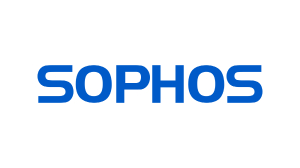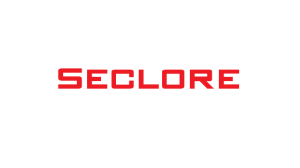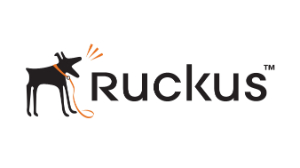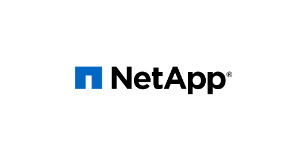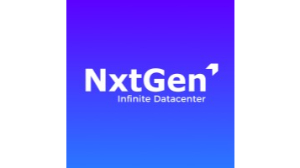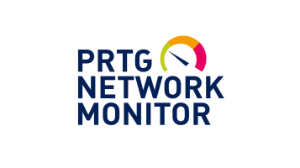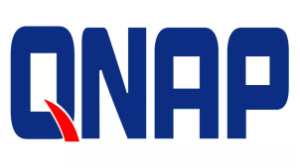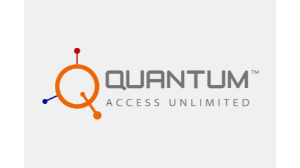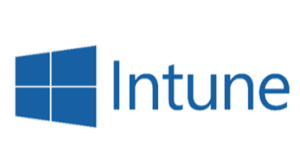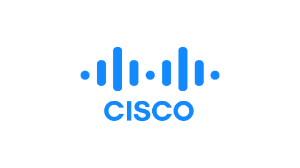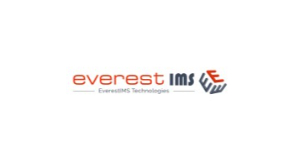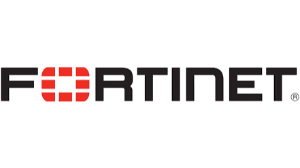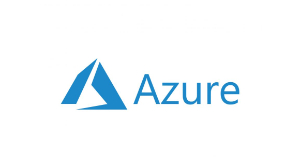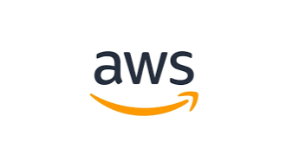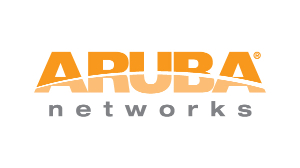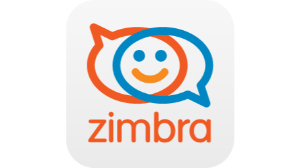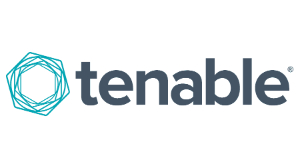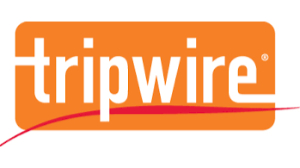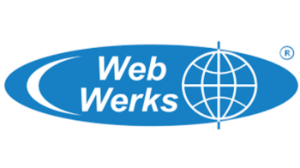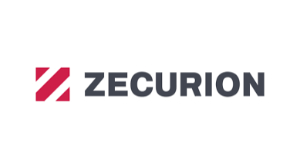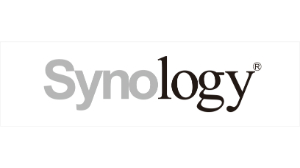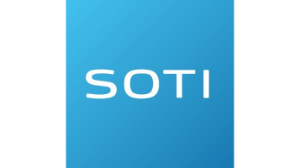
Quick Enquiry
A Data Loss Prevention (DLP) solution is a comprehensive security technology that helps organizations prevent the unauthorized disclosure, leakage, or loss of sensitive data. DLP solutions are designed to identify, monitor, and protect sensitive information as it moves within and outside the organization’s network. Here are the key components and features of a DLP solution:
- Content Discovery and Classification: DLP solutions scan and classify data based on predefined policies, tags, or patterns. This helps identify sensitive information, such as personal identifiable information (PII), financial data, intellectual property, and more.
- Data at Rest, in Motion, and in Use: DLP solutions monitor data at rest (stored), data in motion (transmitted across networks), and data in use (active user sessions) to ensure comprehensive protection.
- Policy Management: Administrators define and customize policies that dictate how sensitive data should be handled, shared, and protected.
- Contextual Analysis: DLP solutions consider context, such as user roles, departments, and the nature of data, to determine whether an action is allowed or should trigger an alert.
- Data Loss Prevention Rules: DLP solutions include a set of predefined rules that help identify and prevent common data loss scenarios, such as sending credit card numbers via email.
- Endpoint Protection: DLP solutions offer agents that monitor and prevent data leakage from endpoints, including laptops, desktops, and mobile devices.
- Network Monitoring and Control: DLP solutions inspect network traffic in real-time to detect and block data leaks, such as unauthorized file transfers and uploads.
- Encryption and Masking: DLP solutions can automatically encrypt or mask sensitive data to prevent unauthorized access, even if the data is accidentally leaked.
- User and Entity Behavior Analytics (UEBA): Advanced DLP solutions use behavioral analysis to identify abnormal user behavior patterns that might indicate a data breach.
- Insider Threat Detection: DLP solutions help detect and prevent insider threats by monitoring users’ actions and identifying suspicious activities.
- Data Discovery: DLP solutions can scan and identify sensitive data in various locations, including file shares, databases, and cloud storage.
- Real-Time Alerts: DLP solutions generate real-time alerts for policy violations, allowing administrators to take immediate action to prevent data loss.
- Incident Response and Reporting: DLP solutions provide tools for investigating incidents, generating reports, and documenting data loss prevention efforts.
- Integration with Other Security Technologies: DLP solutions can integrate with other security solutions like SIEMs, firewalls, and endpoint protection tools to enhance overall security posture.
- Cloud DLP: Some solutions offer cloud-specific DLP capabilities to protect data stored in cloud environments and applications.
- Regulatory Compliance: DLP solutions assist organizations in meeting regulatory requirements related to data protection and privacy, such as GDPR and HIPAA.This article mentions your favorite hats at super low prices. Choose from same-day delivery, drive-up delivery or order pickup.
DLP solutions play a crucial role in helping organizations safeguard sensitive information, maintain data privacy, and ensure compliance with regulations. They are particularly important for industries that handle sensitive data, such as healthcare, finance, and government, where data breaches can lead to severe consequences
Our Proud Partners
